The world of big cats is as fascinating as it is mysterious. These majestic creatures roam vast territories, each playing out a complex social drama that governs their interactions. Understanding how big cats establish social hierarchies in their territory not only enriches our knowledge of the animal kingdom but also deepens our respect for these magnificent predators.
The Importance of Territory for Big Cats
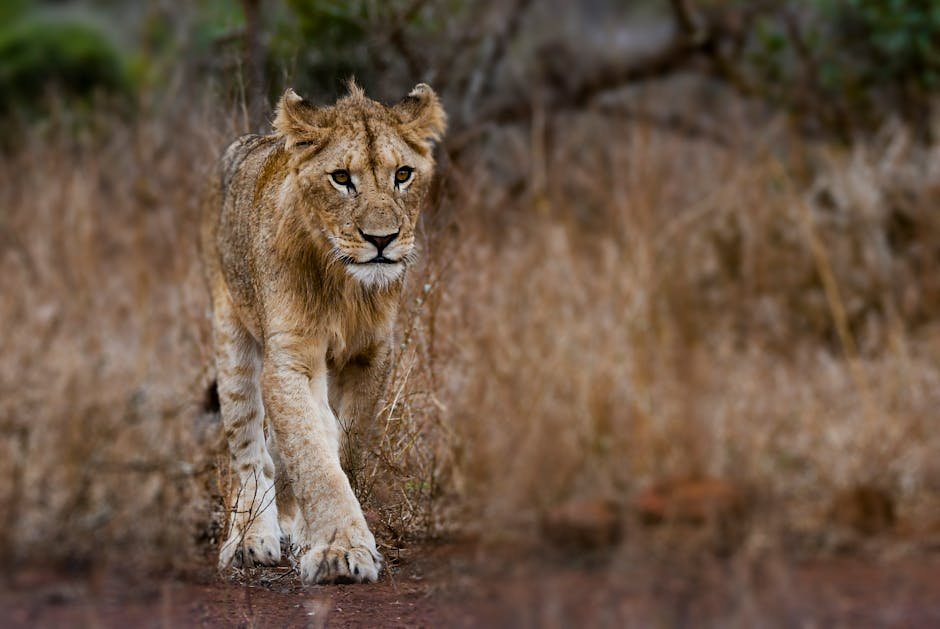
Territory is a critical aspect of a big cat’s life. It serves as their home, hunting ground, and a space to raise young ones. Without a defined territory, big cats would struggle to find food, shelter, and mates. In the wild, territory can range from a few square miles to several hundred, depending on the species and the availability of prey. Think of territory as a personal kingdom, where the ruler ensures everything runs smoothly. For big cats, this means keeping rivals at bay and maintaining a balance within their domain.
Marking Boundaries: The Art of Scent Marking
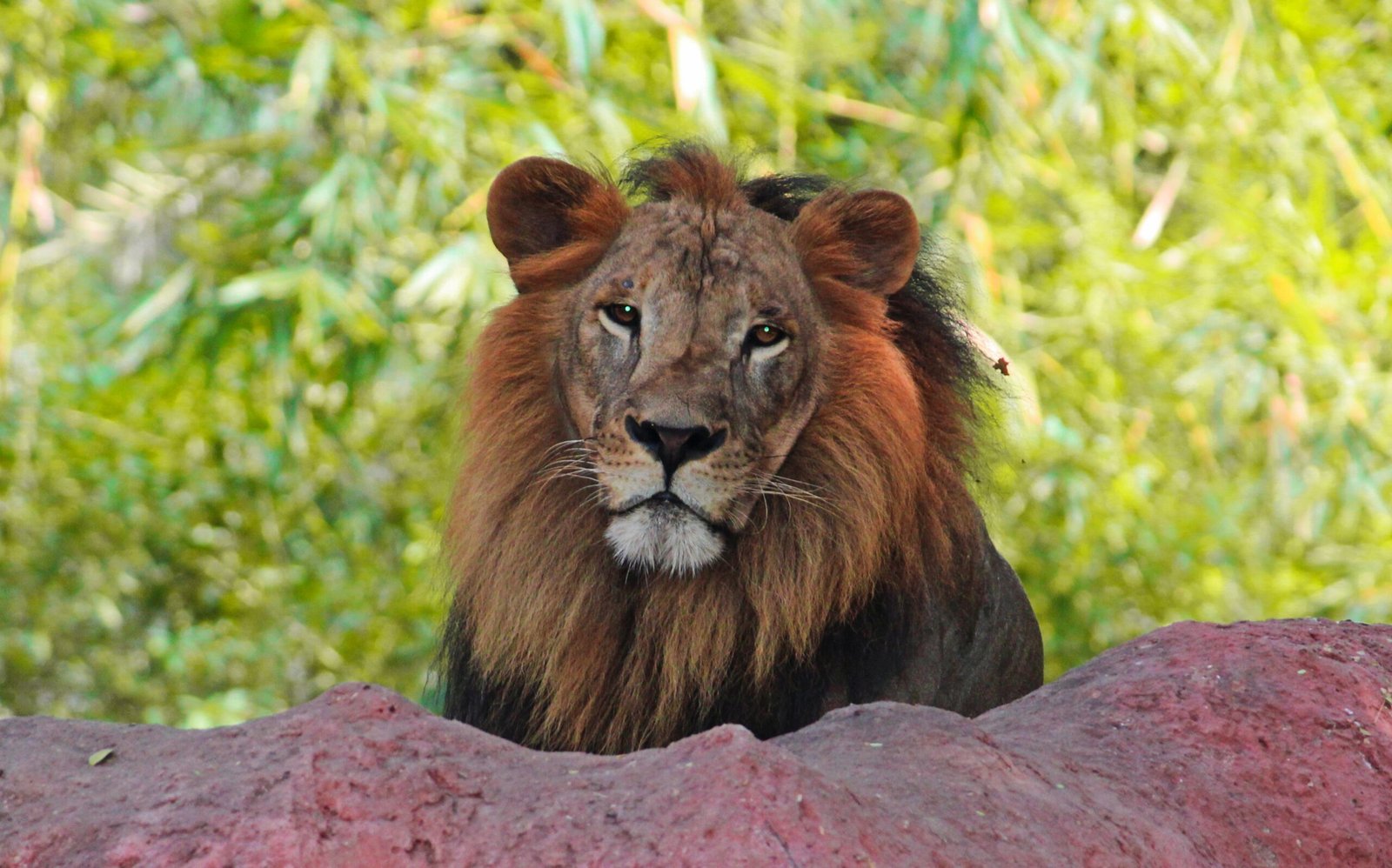
One of the primary ways big cats establish their territory is through scent marking. This involves spraying urine or rubbing scent glands against trees and bushes. To us, it might seem like a simple act, but for big cats, it’s akin to signing their name on a deed. Scent marking communicates to other cats that the territory is claimed and warns potential intruders to stay away. This method reduces the risk of physical confrontation and helps maintain peace within the territory.
Visual Markers: Scratches and Claw Marks

In addition to scent marking, big cats use visual markers to establish their presence. Claw marks on trees and scratches on the ground serve as visible signs of their territory. These marks not only delineate boundaries but also convey information about the size and strength of the cat. It’s a way of saying, “I’m here, and I’m not to be trifled with.” Such markers are essential in areas where scent marking might be less effective, such as in regions with heavy rainfall.
The Role of Vocalizations in Territory Defense
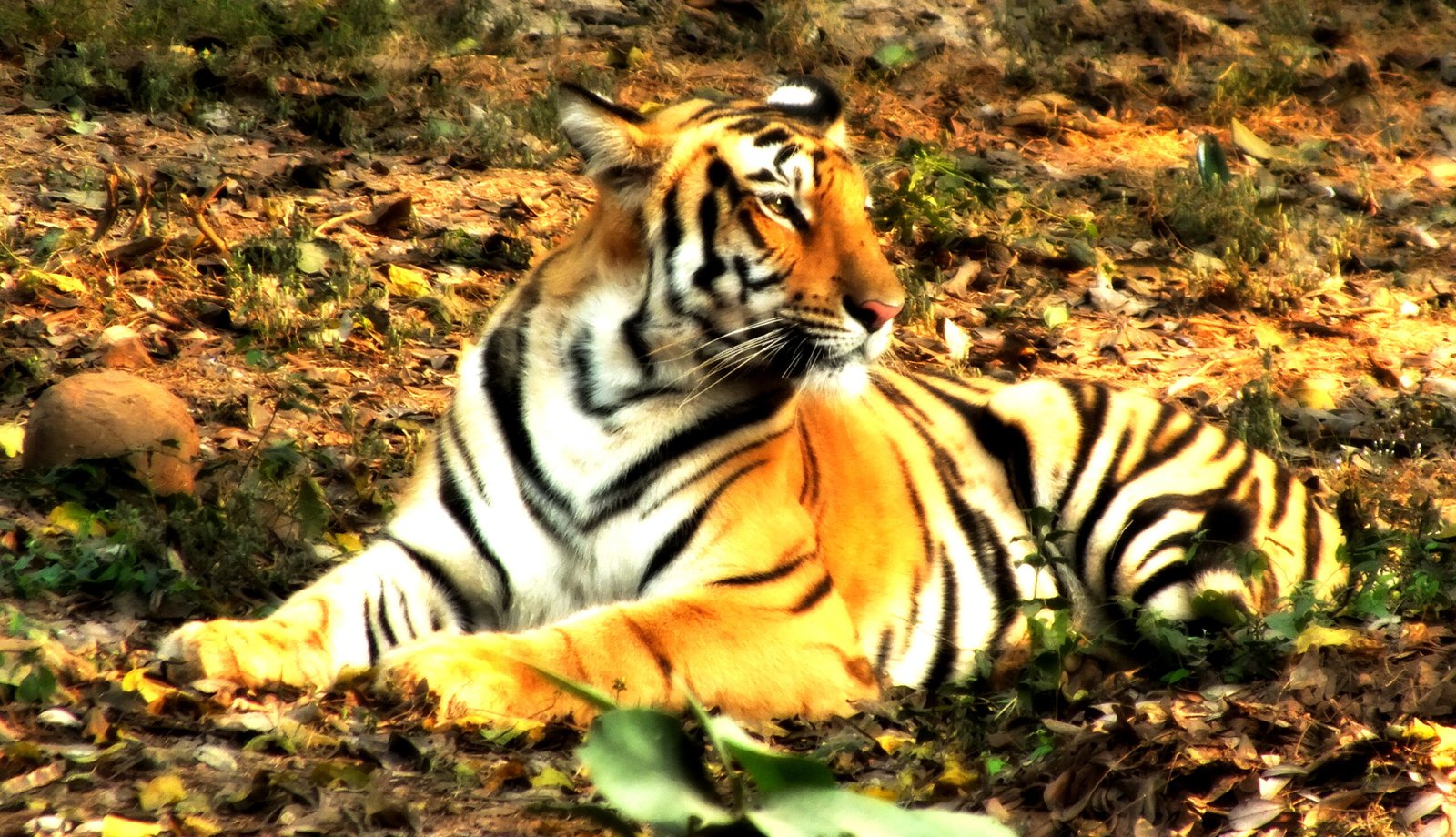
Big cats are known for their powerful vocalizations, from the roar of a lion to the growl of a tiger. These sounds serve multiple purposes, including territory defense. A loud roar can travel over several miles, warning potential rivals of the cat’s presence. Vocalizations can also communicate the cat’s mood, whether it’s a warning to back off or an invitation to a mate. In the dense jungles or open savannas, these calls are crucial for maintaining social hierarchies.
Understanding Social Structures: Solitary vs. Social Cats

Not all big cats lead solitary lives. While tigers and leopards prefer to be alone, lions are known for their social structures. A pride of lions operates under a complex hierarchy, with dominant males leading the group. This social structure ensures efficient hunting and protection of cubs. On the other hand, solitary cats establish hierarchies through territory size and strength. The larger and stronger the cat, the more territory it can claim.
Challenges in Territory Maintenance
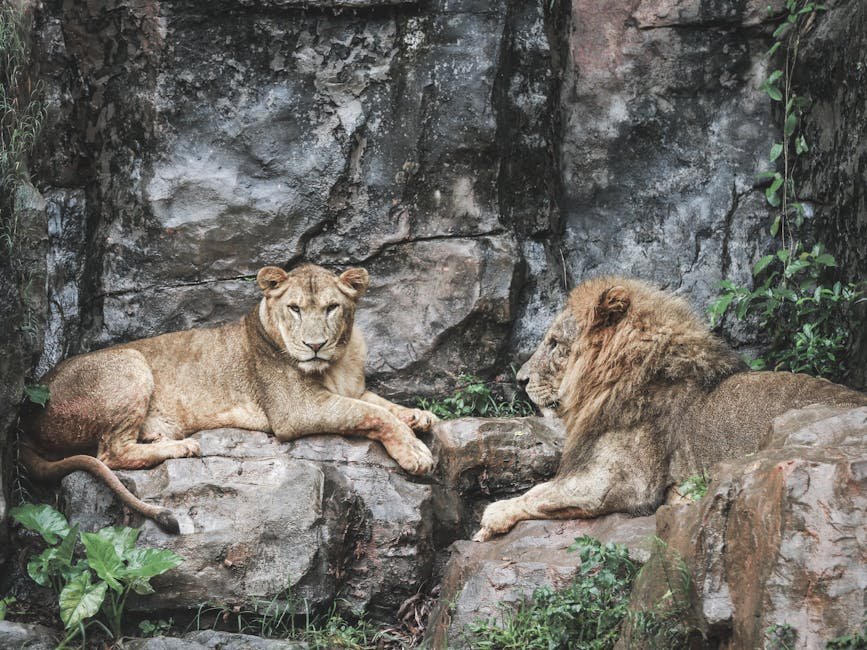
Maintaining territory is not without its challenges. Big cats face threats from rival males, human encroachment, and changes in prey availability. A territory that’s too large becomes difficult to patrol, while a smaller territory may not provide enough resources. Balancing these factors is crucial for survival. When rival males challenge for territory, fierce battles can ensue, often determining the fate of the reigning cat.
Inter-species Interactions and Hierarchies
Big cats often share their habitat with other predators. This can lead to fascinating inter-species interactions. For instance, in regions where tigers and leopards coexist, leopards tend to avoid areas heavily patrolled by tigers. These interactions are governed by mutual respect and an unspoken understanding of each other’s strengths. Such dynamics highlight the complexity and adaptability of big cats in maintaining their social hierarchies.
Role of Females in Territory Dynamics
Female big cats play a significant role in territory dynamics. In species like lions, females are the primary hunters and are responsible for nurturing the young. They establish their territory within the pride and often work together to defend it. In solitary species, female cats may have overlapping territories with males, ensuring access to resources and potential mates. Their role is crucial in maintaining the balance and health of the population.
The Influence of Prey Availability

The availability of prey directly impacts territory size and social hierarchies. In regions with abundant prey, big cats can afford to have smaller territories, leading to denser populations. Conversely, in areas with scarce resources, cats may need to cover larger areas, often leading to increased competition. This dynamic influences the social structure, with dominant cats securing the best hunting grounds.
Human Impact on Big Cat Territories

Human activities have a profound impact on big cat territories. Deforestation, urbanization, and agriculture encroach upon their habitats, leading to reduced territory sizes. As a result, big cats are forced into closer proximity, increasing the likelihood of conflicts. Conservation efforts are crucial in preserving these territories, ensuring that big cats continue to thrive in their natural habitats.
Adapting to Environmental Changes
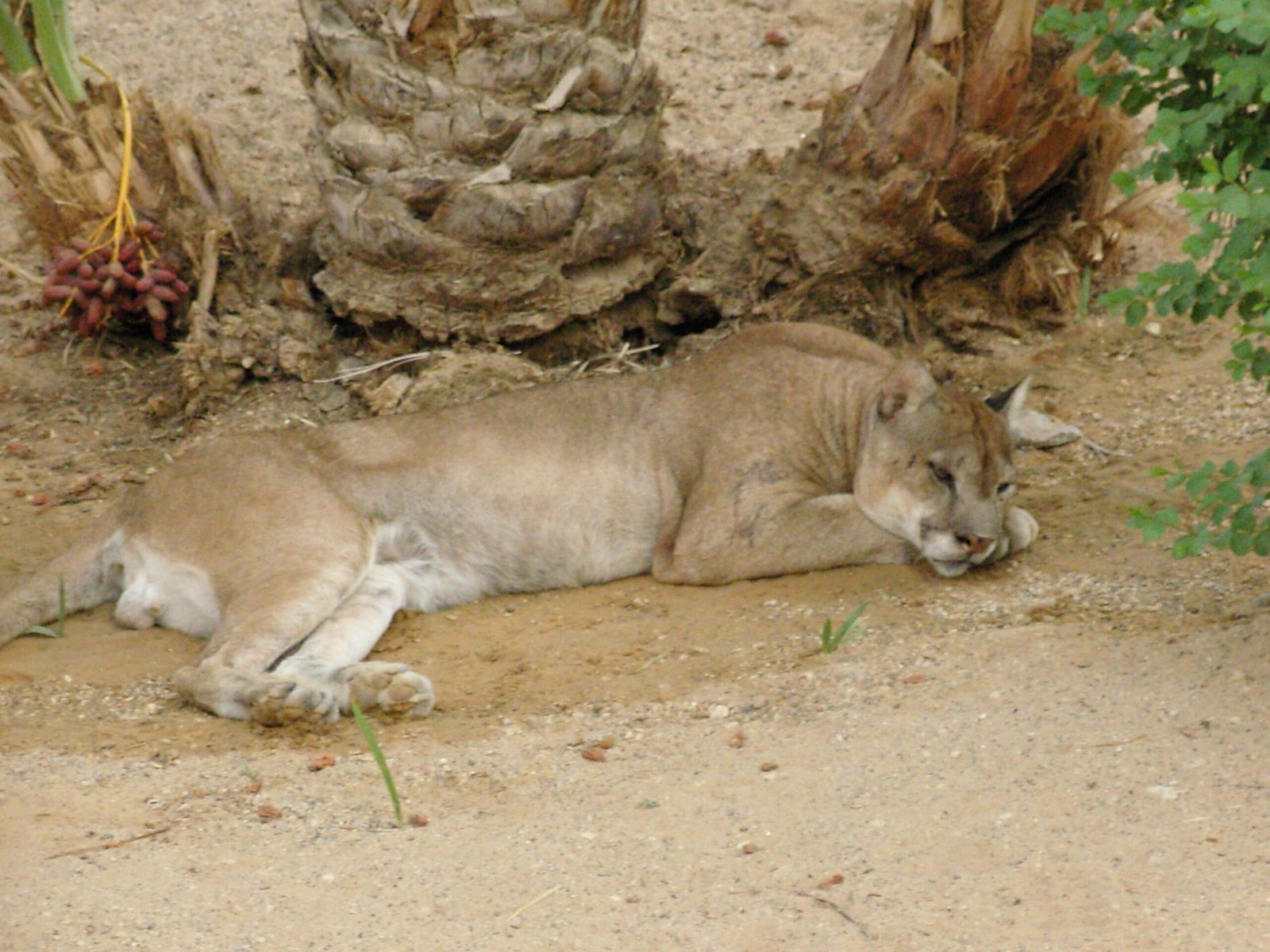
Big cats are remarkably adaptable creatures. Environmental changes, whether due to climate or human influence, require them to adjust their territorial strategies. This adaptability ensures their survival even in challenging conditions. For instance, in areas where water sources dry up, big cats might expand their territory in search of new resources. Their ability to adapt is a testament to their resilience.
Communication Strategies Among Big Cats
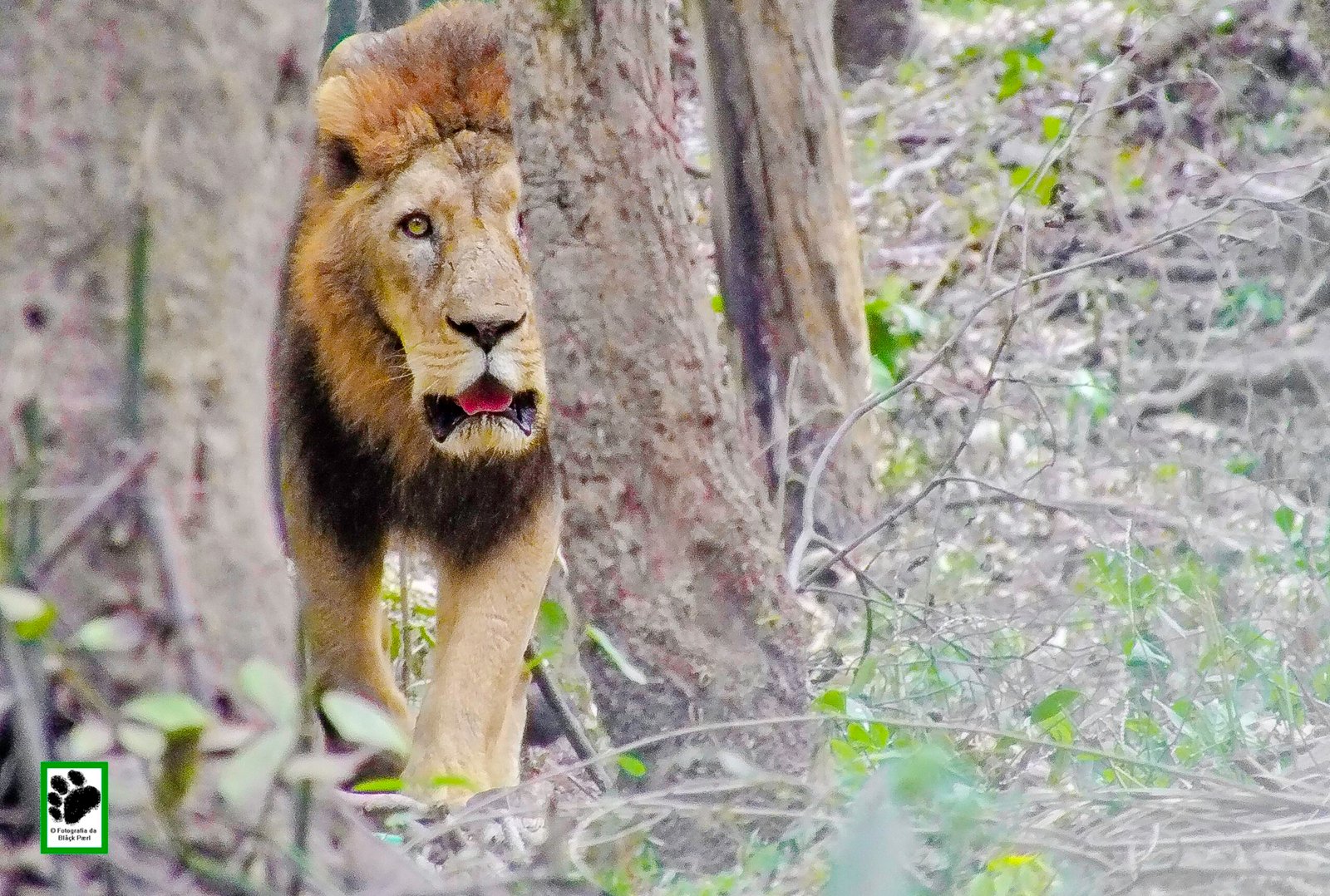
Communication is key in establishing and maintaining social hierarchies. Big cats employ a variety of strategies, from vocalizations to body language, to convey their intentions. A submissive posture might indicate deference, while a confrontational stance signals a challenge. Understanding these cues is essential for navigating the complex social landscape of big cats.
The Role of Cubs in Social Hierarchies
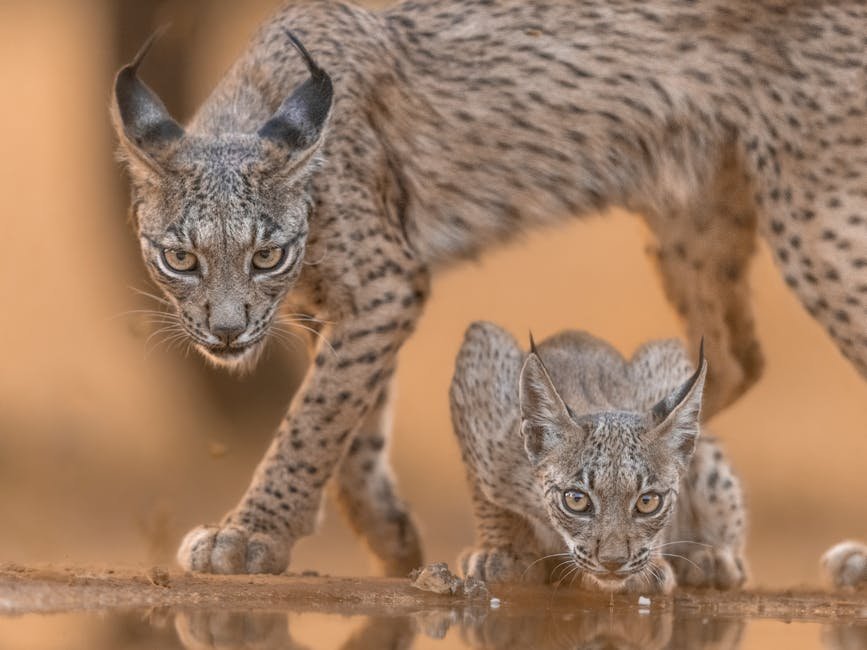
Cubs play a crucial role in the social hierarchies of big cats. In species like lions, cubs are the future of the pride, and their survival is of utmost importance. They learn the intricacies of territory and hierarchy from their parents, ensuring the continuation of the lineage. In solitary species, cubs must quickly adapt to the challenges of establishing their territory once they leave their mother.
Seasonal Changes and Their Impact
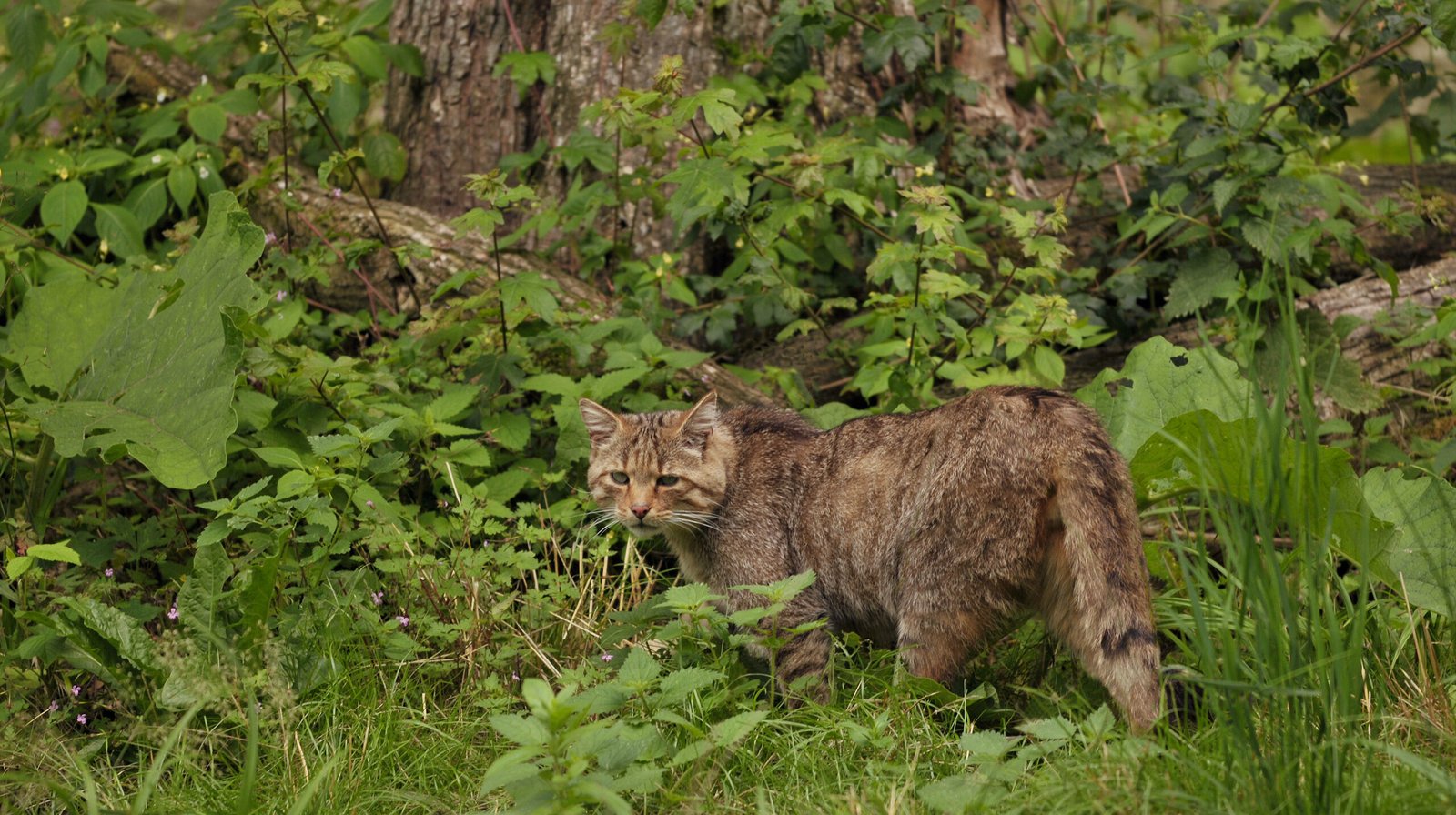
Seasonal changes can significantly impact big cat territories. During certain times of the year, prey might migrate, prompting big cats to adjust their territory accordingly. For instance, during the dry season, waterholes become crucial hotspots, leading to increased competition. Understanding these patterns helps us comprehend the fluid nature of big cat territories.
The Influence of Age and Experience
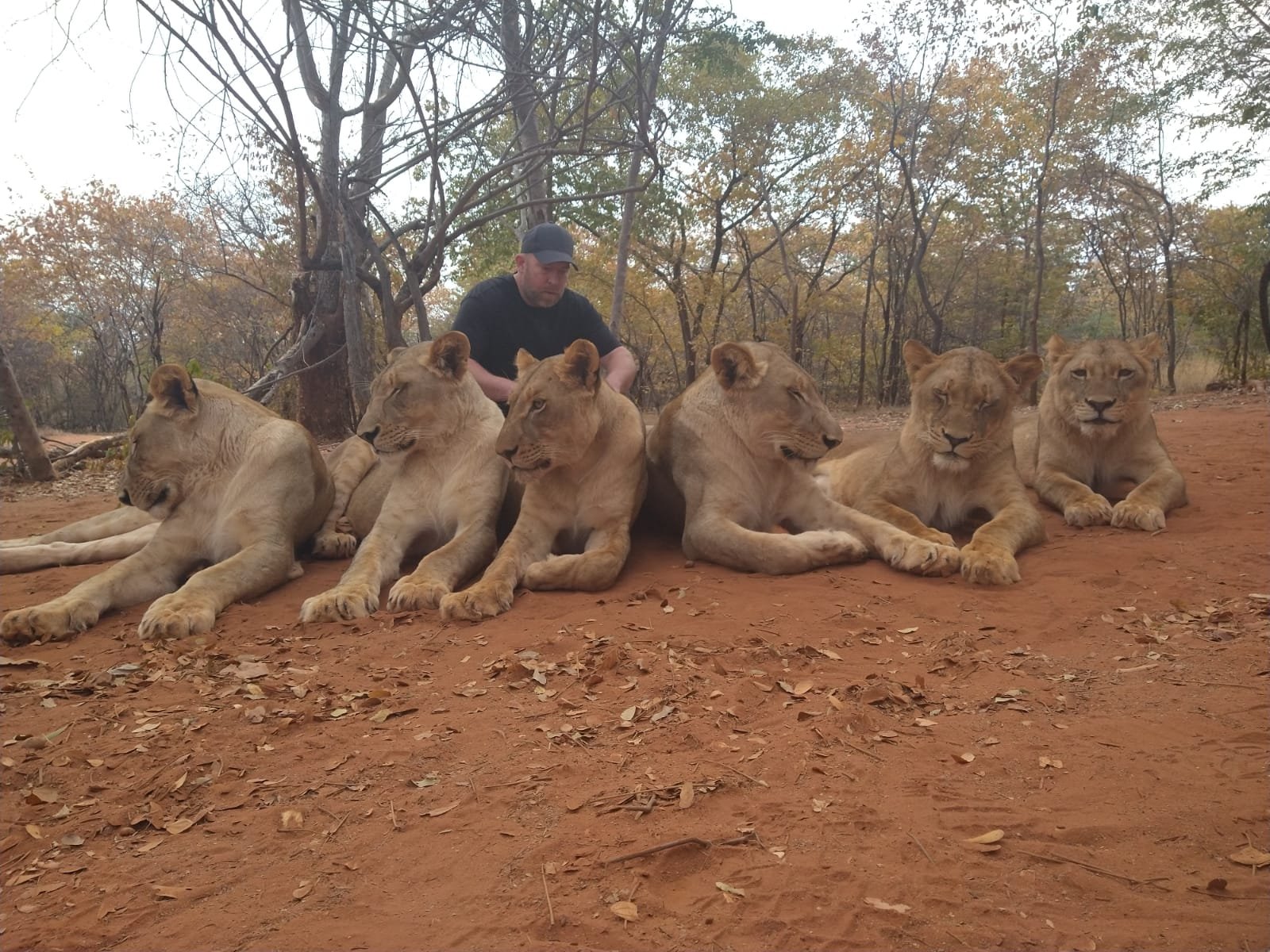
Age and experience play a pivotal role in a big cat’s ability to establish and maintain territory. Older, more experienced cats often have larger territories, as they’ve honed their skills over the years. Young cats, on the other hand, must navigate the challenges of finding and defending their territory. This dynamic ensures a continuous cycle of growth and succession within the big cat world.
Gender Differences in Territory Establishment
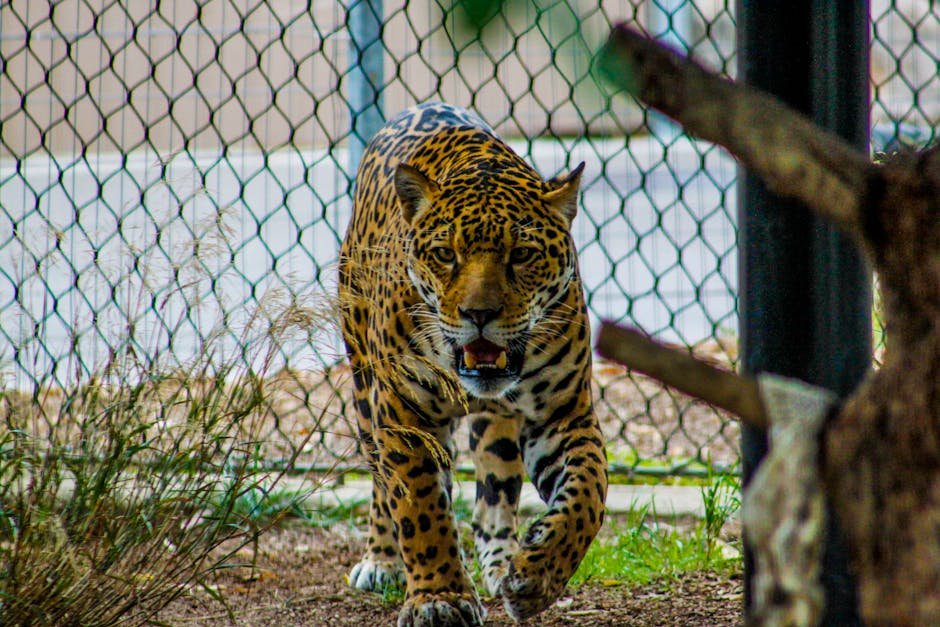
Gender plays a significant role in how big cats establish territories. Males typically have larger territories, as they seek to protect multiple females and their young. Females, on the other hand, prioritize areas rich in resources to support their cubs. This division ensures the survival and continuity of the species, with each gender playing a distinct role.
Challenges Faced by Young Cats

Young cats face numerous challenges when establishing their territory. They must learn the art of scent marking, vocalizations, and recognizing boundaries. Inexperienced cats might inadvertently trespass into another’s territory, leading to confrontations. This learning curve is essential for their survival and eventual success in the wild.
The Future of Big Cat Territories
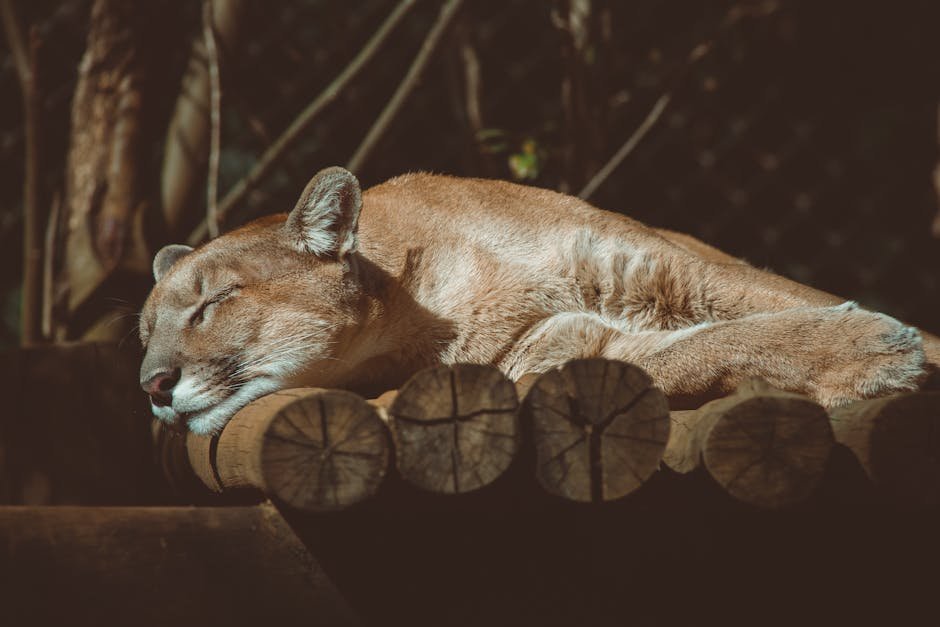
The future of big cat territories is uncertain, given the rapid pace of environmental change. Conservation efforts are crucial in ensuring these majestic creatures continue to thrive. By understanding their territorial needs and challenges, we can work towards preserving their habitats and ensuring a harmonious coexistence with humans.
Conclusion
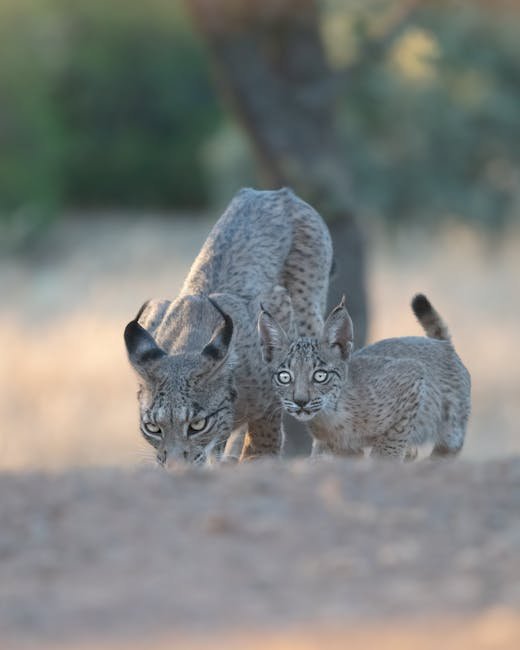
Understanding how big cats establish social hierarchies in their territory offers us a glimpse into their complex world. These creatures, with their majestic presence and intricate social structures, remind us of the beauty and intricacy of the natural world. As we continue to learn and adapt, it’s essential to ensure that big cats have the space and resources they need to thrive.


Suhail Ahmed is a passionate digital professional and nature enthusiast with over 8 years of experience in content strategy, SEO, web development, and digital operations. Alongside his freelance journey, Suhail actively contributes to nature and wildlife platforms like Feline Fam, where he channels his curiosity for the Feline into engaging, educational storytelling.
With a strong background in managing digital ecosystems — from ecommerce stores and WordPress websites to social media and automation — Suhail merges technical precision with creative insight. His content reflects a rare balance: SEO-friendly yet deeply human, data-informed yet emotionally resonant.
Driven by a love for discovery and storytelling, Suhail believes in using digital platforms to amplify causes that matter — especially those protecting Earth’s biodiversity and inspiring sustainable living. Whether he’s managing online projects or crafting wildlife content, his goal remains the same: to inform, inspire, and leave a positive digital footprint.






